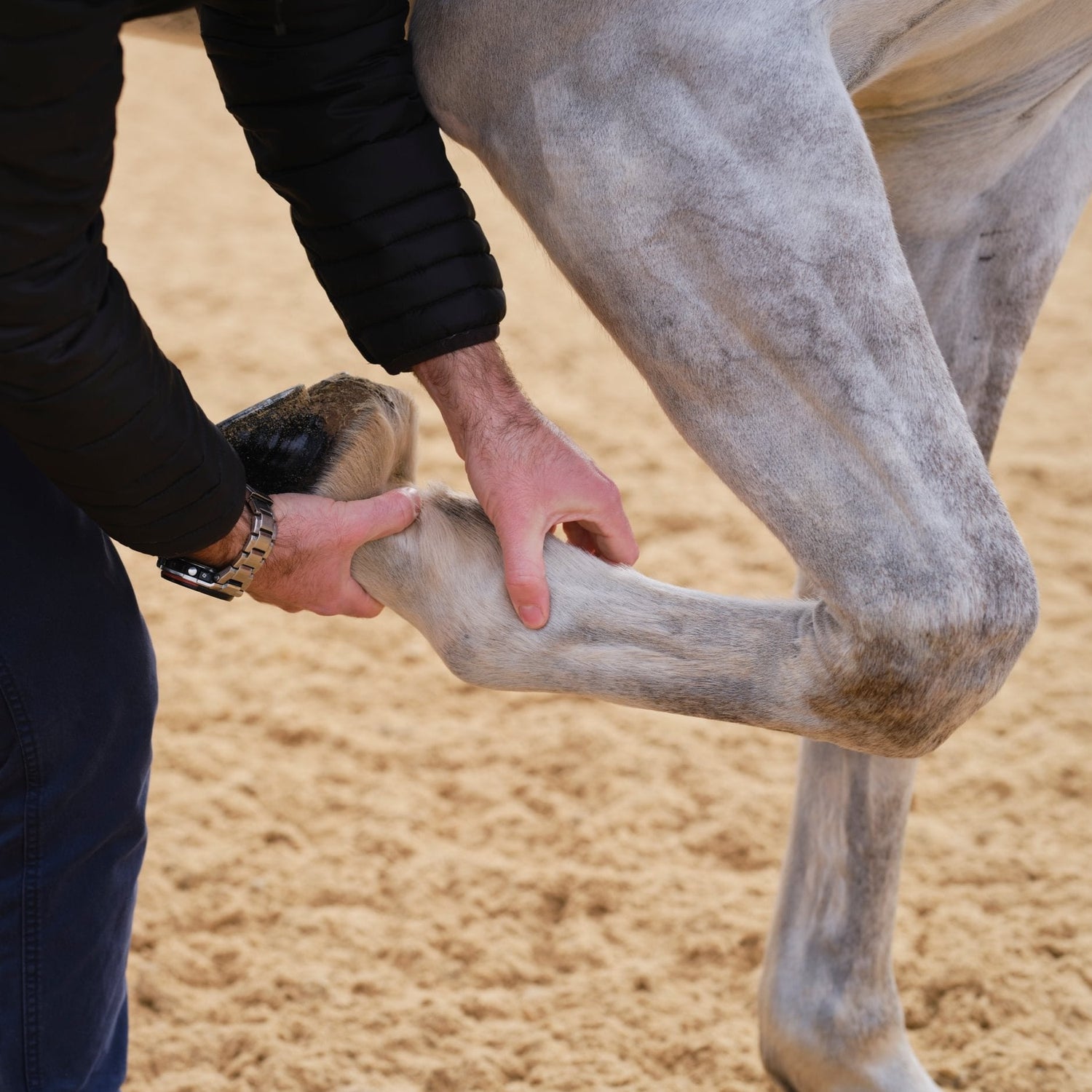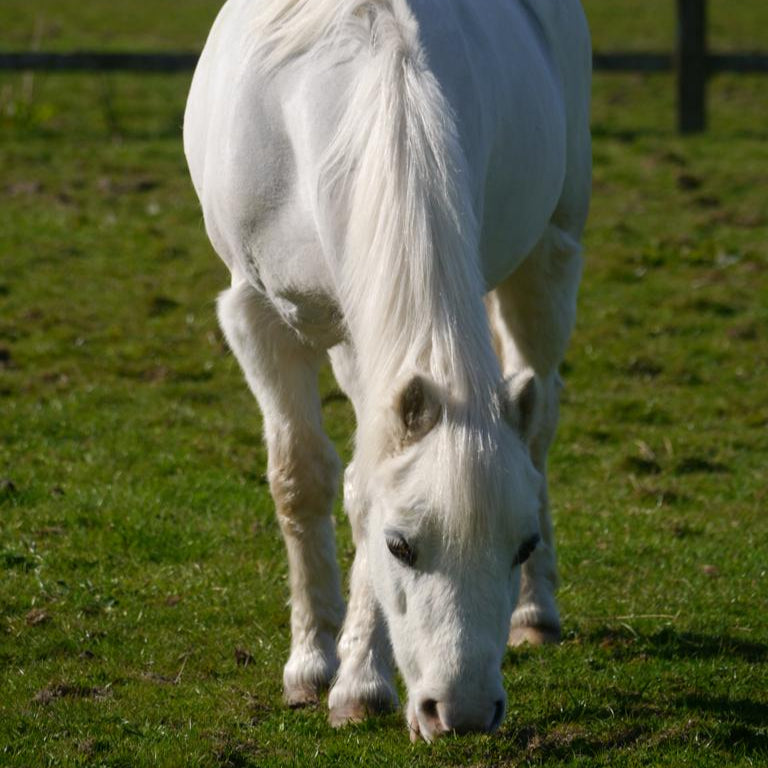Inflammation – when does it become a problem?
Inflammation is the body’s natural reaction to injury and infection. In the initial stages, it acts as the body's natural response to protect itself against harm.
There are two types: acute and chronic.
Acute Inflammation
Acute inflammation is the type that will be most familiar to us. The immune system dispatches an army of white blood cells to surround and protect the area, creating visible redness, swelling and heat. On a cellular level, the body infiltrates the area with white blood cells that help fight infection. The swelling, redness and pain that results also acts to tell the brain that the area must be protected, thus reducing the risk of further damage. Without acute inflammation, injuries could worsen and simple infections could be deadly.
Harder to explain and more complex is chronic inflammation. Chronic inflammation is a much longer-term process, with many of its effects being far less obvious and harder to detect.
Chronic inflammation in horses
Chronic inflammation can be caused my many different disease processes including:
- Infection
- Allergies
- Injuries
- Neoplasia (cancer)
- Metabolic disease
Rather than being helpful, chronic inflammation has been linked to the occurrence of many secondary diseases in humans such as diabetes, cardiovascular disease and cancer. So in essence, chronic inflammation can be both the effect and the cause of many different disease processes in the body. In can start in a specific area but if left unchecked, start to have negative consequences throughout the body.
This will occur if the body’s normal protective inflammation becomes excessive or longer lasting than is necessary. What started as a helpful defence response can turn into a chronic problem. The immune system normally secretes pro-inflammatory cytokines, which are chemical messenger proteins including interleukins (IL) and tumour necrosis factor (TNFα). These cytokines are important for causing a beneficial physiological response to infections or injury and leading to a successful recovery, however uncontrolled release can be unhelpful.
While inflammation might start in one area of the body, excessive inflammation releases substances into the circulation that act throughout the body where they are not actually required. This process can be damaging to the horse.
There is far less research available in horses but chronic inflammation is involved with several common equine inflammatory conditions that can be difficult to treat, such as:
- Laminitis
- Equine gastric ulceration syndrome
- Recurrent Airway Obstruction
- Equine Metabolic Syndrome (EMS)
- Pars Pituitary Intermedia Dysfunction (PPID or Cushing’s)
How can chronic inflammation be prevented?
Obesity has been identified as a risk factor for chronic inflammation and secondary disease in other species, as mentioned above.
Therefore, it is important we pay particular attention to the body condition score and fitness levels in horses. Basic principles would include:
- Regular exercise
- High fibre, low starch diet
- Good quality roughage
- Vitamin and Mineral supplementation
- Appropriate ration size
How do horses respond to inflammation?
The body has several built-in mechanisms to regulate inflammation and promote healing. These include:
- Omega-3 Fatty Acids Pathway – Omega-3s (EPA and DHA) convert into anti-inflammatory prostaglandins and resolvins, which help modulate immune responses and reduce chronic inflammation.
- Glutathione System – Glutathione is a powerful antioxidant that neutralizes free radicals and prevents oxidative stress from driving excessive inflammation.
- Adenosine Pathway – Adenosine, released during cellular stress, binds to receptors that help suppress pro-inflammatory cytokines.
- HPA Axis and Cortisol Regulation – The hypothalamic-pituitary-adrenal (HPA) axis controls cortisol release, which helps limit excessive immune responses.
- Gut Microbiome and SCFA Production – Beneficial gut bacteria produce short-chain fatty acids (SCFAs), which have anti-inflammatory effects on the immune system.
How can targeted nutrition support the body’s own anti-inflammatory processes?
- Omega-3 Fatty Acids (EPA & DHA) – Found in marine sources like fish oil or algae, they help shift the balance away from pro-inflammatory omega-6 pathways.
- Antioxidants (Vitamin E, Selenium, plant based compounds) – Reduce oxidative stress, protecting cells from damage that fuels inflammation.
- Plant based anti-inflammatory support – Modulate inflammatory cytokines and act as a natural COX-2 inhibitor.
- Glycosaminoglycans (PSGAGs eg glucosamine and hyaluronic acid) and MSM – Support joint and connective tissue health by reducing oxidative damage.
- Probiotics & Prebiotics – Promote gut microbiome health, which in turn regulates immune response and inflammation.
- Amino Acids (L-Glutamine) – Help repair gut lining and reduce inflammation-related leaky gut syndrome.
How should acute inflammation be treated?
Should you notice any persistent signs of reduced appetite, pyrexia, quiet demeanour, change in faecal consistency or urination then veterinary advice should always be obtained.
Any underlying diseases should be treated appropriately and you should remain in close contact with your vet to discuss repeat examination and ongoing treatment.
How can the actual inflammation be treated? Acute inflammation can be very effectively treated with short courses of anti-inflammatory medication. This will usually be from one of two main categories:
Non-steroidal anti-inflammatories (NSAIDs)
NSAIDs include both injectable and oral medications such as phenylbutazone (‘bute’), suxibuzone (Danilon™), meloxicam and aspirin.
Corticosteroids
Also available in injectable, inhaled and oral forms, corticosteroids include drugs such as prednisolone and dexamethasone.
Long term use of the above groups of medication can have negative consequences and should be discussed carefully with your vet.
Some of the possible unwanted consequences of NSAIDs include disruption to the gut lining that can lead to gastric ulceration and diarrhoea. In addition, long term high level doses can cause unwanted damage to the kidneys. There is conflicting evidence concerning corticosteroid use and the unintended triggering of laminitis. Whilst this type of medication is a very effective first-line treatment for many inflammatory conditions, it can be associated with laminitis. The risk is low but likely to be increased in obese horses or those with underlying PPID or EMS. The risk may also be increased with long term administration at higher doses.
How can chronic inflammation be managed?
As chronic inflammation is by nature a long-term problem, it can present vets with a challenge in terms of effective treatment options. As mentioned above, exercise, dietary modifications and targeted nutrition can be really effective.
Of emerging importance is the use of natural antioxidants and plant based anti-inflammatories. Horses would naturally consume a variety of different plants as part of their roam and graze existence. Modern pastures are often lacking in diversification of plant species. Plants are an excellent source of natural phytochemicals such as carotenoids, flavonoids and polyphenols.
Plant based antioxidant compounds reduce the unwanted free-radicals or reactive oxygen species (ROS) that are produced during periods of chronic inflammation⁴. ROS will attack healthy tissues and generate more free radicals, so the process becomes an unwanted chain reaction. Antioxidants work by donating an electron and stabilising ROS, thus helping prevent the continued production of free radicals. Supplementation with plant-based antioxidants may be highly beneficial.
References:
- Zhang AMY, Wellberg EA, Kopp JL, Johnson JD. Hyperinsulinemia in Obesity, Inflammation, and Cancer. Diabetes Metab J. 2021 45 (3) 285-311
- Zak A. et al (2020). Effects of equine metabolic syndrome on inflammation and acute-phase markers in horses. Domest Anim Endocrinol. 72:106448
- Andrews F. and McConnico R. (2009) Cause for concern: Evidence that therapeutic dosing of nonselective NSAIDs contributes to gastrointestinal injury. Equine Vet. Educ. 21 (12) 663-664.
- Kirschvink N, de Moffarts B, Lekeux P (2008) The oxidant/antioxidant equilibrium in horses. Vet J. 2008 177 (2) 178-91.
Written by: Dr Andy Richardson, BVSc CertAVP(ESM) MRCVS. - Find out more about Andy and our Technical Team HERE.



